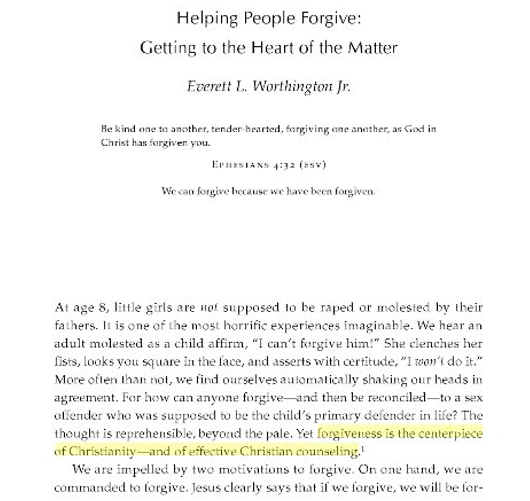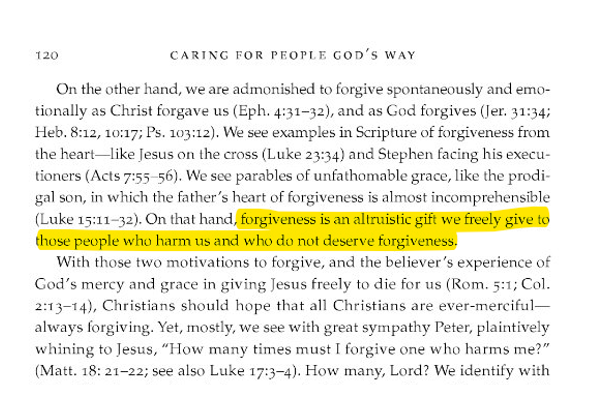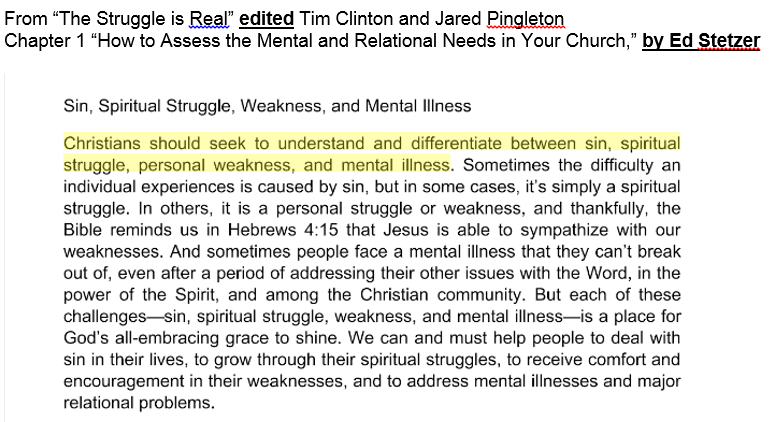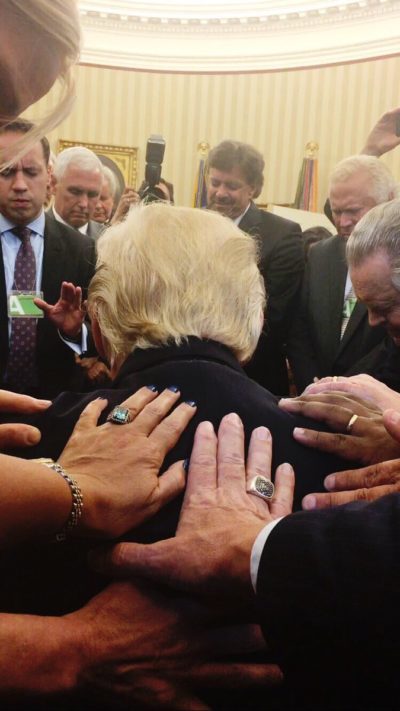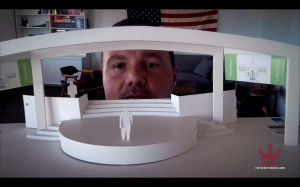In this guest post, freelance writer Becky Garrison reviews Mark Driscoll’s new book Spirit-Filled Jesus with a focus on what is missing from the book.
The Revisionist Rebranding of Mark Driscoll from Calvinist to Charismatic
By Becky Garrison
Mark Driscoll’s latest book Spirit-Filled Jesus: Live by His Power slated to release on October 2, 2018 represents his first major public offering since he resigned from Mars Hill Church (MHC) in October 2014 amid allegations of plagiarism, financial mismanagement, and abuse. Backed by the PR muscle of A. Larry Ross Communications, who represents such Christian powerhouses like the Billy Graham Legacy, Saddleback & Rick Warren, and The Family aka Fellowship), Driscoll appears poised to rebrand himself from “young, restless and reformed” to older, wiser and spirit-filled.
One could see signs of Driscoll’s move from Calvinist to Charismatic when he appeared with Robert Morris of Gateway Church on DayStar TV the same month he left MHC. However, by publishing with Charisma House, Driscoll’s transformation into a spirit-filled pastor appears to be complete.
Throughout this breezy book, Driscoll offers simplistic step-by-step instructions for how one can live a spirit-filled life by following Jesus’ teachings. Those well versed with charismatic teachings might find this book of interest as Driscoll mentions Jesus with far greater frequency than most charismatic authors, who tend to focus on the Holy Spirit. However, those well versed in the Mars Hill saga will find his whitewashing of his past telling.
For example, his bios on both his website and the Spirit Filled Jesus website make no mention of his role in founding and pastoring MHC. Nor does Driscoll reference his connections with Antioch Church or the Young Leaders Network, two entities that played a seminal role in Driscoll’s formation as a pastor. (On a side note, Brad Sargent aka Futurist Guy offers this timeline of the US emergent church. A review of this timeline along with Wenatchee the Hatchet’s detailed history of MHC point to the similarities in both entities in terms of their histories of abuse.)
Throughout the book, he makes vague allusions to his pastoral endeavors prior to establishing Trinity Church in Scottsdale, AZ without mentioning Mars Hill Church by name.
When describing his departure from Seattle, he states, “We moved to Arizona for a hard reset of life and ministry after years of feeling like a crash test dummy in a car with no airbags. After about two decades in ministry, I took some time off to heal up before entering the next season of God’s will for our life. For some months, we had church in our home on Sunday mornings before we relocated for safety reasons.” (pp. 31-32)
Later in this book, Driscoll describes how he healed from this unnamed ordeal. “After roughly two decades of teaching, I took a break for healing and learning during the most difficult season of my life for my family and me.” (p. 162) He alludes to this difficult season again with tears as the family gathered for Sunday church in their living room. (p. 185) One familiar with MHC’s history could presume Driscoll is describing the period after he resigned and before he moved to Arizona. But once again, he remains fuzzy on the details.
Then as he proclaims how his church plant in Arizona would be a “family ministry,” he makes this observation. “The first church my wife Grace and I planted, we were just twenty-five years of age with no children.” (p. 32)
While discussing his 2009 preaching services on Luke (available online at the Mars Hill Church website), he does not mention the specifics of where his preaching took place. “It took me roughly two years to preach that book to an audience comprised largely of college-educated singles who attended late night services because they had a hard time getting up by the crack of dinner.” (p. xi)
He later references pastoring a church prior to Trinity Chruch without delving into specifics. (p. 154) In fact, a reader unfamiliar with Driscol’s past would only know he has visited Seattle when Driscoll noted, “We were traveling from Seattle to Orlando” (p. 60). No mention anywhere in this book of his years living and pastoring in this city and the surrounding environs even though as Wenatchee the Hatchet documented most of the Mars Hill Church campuses have survived albeit under new names.
Continuing his revisionist retelling of his over two decades of ministry, Driscoll fails to acknowledge any of the carnage left behind after he departed MHC. Case in point, his chapters “Forgiven People Should Forgive People” and “Seven Reasons to Forgive” make no mention of the Facebook page established by MHC parishioners to air their grievances after Driscoll claimed he could not reconcile with those wronged by MHC because he could not address what he termed anonymous complaints. So one wonders about the validity of his forgiveness challenge designed as part of the book promotional campaign given that Driscoll appears unwilling to practice what he preaches.
Furthermore, given past revelations Driscoll plagiarized sections of Real Marriage and other works, one would think he would be more judicious in citing his sources in this book. His Jesus-filled index is quite sparse with one chapter ironically titled “Facing Foolish and Evil People With the Spirit’s Wisdom” having no citations at all. So just who came up with the “Six Kinds of Relationships” involving wise, evil, and foolish people described in detail in this chapter? Was Driscoll inspired by the Holy Spirit to pen these concepts? After all, he’s now playing in the Charismatic stream where personal revelation trumps traditional scholarship.
Given Les Parrott endorsed his book, I presume he does not object to having his work used by Driscoll without proper citations. However, since Parrott also lives in Seattle, I wonder why he would endorse a book that omits any reference to Driscoll’s controversial Seattle past. While Les Parrott and his wife Leslie are not connected directly to MHC, they co-author a range of relationship books that are represented by Sealy Yates, who was also Driscoll’s agent prior to the Real Marriage fallout. And like Driscoll, the Parrotts utilized Result Source to guarantee their book would chart on the New York Times bestseller list.
Most of Driscoll’s other 24 endorsements appear to be minor players in the Charismatic church scene. However, I am struck by the inclusion of Eric Metaxas, a Fox News pundit and one of the earliest and most stalwart Trump supporters, as Driscoll has never veered into faith based political debates.
I ran down this list of endorsers with Wenatchee the Hatchet to ascertain those individuals who had connections to Driscoll during his Mars Hill days. Here’s his assessment.
- Larry Osborne was credited by Driscoll with advising him in a way that catalyzed the notorious 2006-2007 reorganization of MHC.
- James MacDonald is a BoAA member and Executive Elder who helped Driscoll crash John MacArthur’s anti-charismatic Strange Fire conference.*
- Craig Groeschel was another guy Driscoll name-dropped as someone he consulted with for the 2006-2007 reorganization of MHC.
- Greg Laurie was a speaker at Resurgence 2013, and a client of A. Larry Ross.
- Gerry Breshears was Driscoll’s advisor at Western Seminary and co-author of a few of his books, most notably Doctrine and Death By Love.
In a blog posting addressing the rise and fall of MHC, Breshears writes about those in MHC leadership repenting of their past actions as they replant many of the former MHC churches. So why would he then endorse a book by Driscoll who obliterates Mars Hill’s history with no sign of Driscoll repenting of his actions to date? Furthermore, why did four other individuals who had connections to Driscoll during his MHC days decided to endorse this book, thus participating in Driscoll’s rebranding efforts?
While the teachings of Jesus feature prominently throughout this book, upon further examine, suffice to say this book appears to be full of something other than Jesus.
(Note: The quotes from Spirit-Filled Jesus are from an uncorrected proof, not final copy.)
Becky Garrison is a freelance storyteller/satirist currently based in Portland, OR. Follow her travels via twitter and Instagram @Becky_Garrison
*Editor’s note: An earlier version of this review said James MacDonald might have had a “gambling habit” and racked up real estate debt for his church. Although there wasn’t an intention to link the two ideas, at least one reader did so and others may have. To avoid confusion, I decided to remove this sentence. There was no intent to suggest that any poker playing led to church debt.
On the point of MacDonald’s gambling, there is a credible report that MacDonald gambled with Jerry Jenkins in the past, but there is no intent in this article or evidence presented that he does now. Wenatchie the Hatchet added a postscript to a recent article which also addresses this issue.
Like this article and want to see more like it? Support this blog at Patreon.com.
[email-subscribers namefield=”NO” desc=”Subscribe to receive notification of new posts.” group=”Public”]
